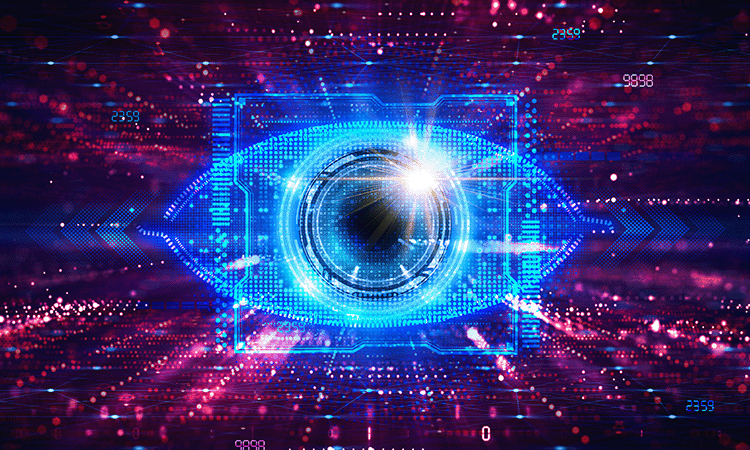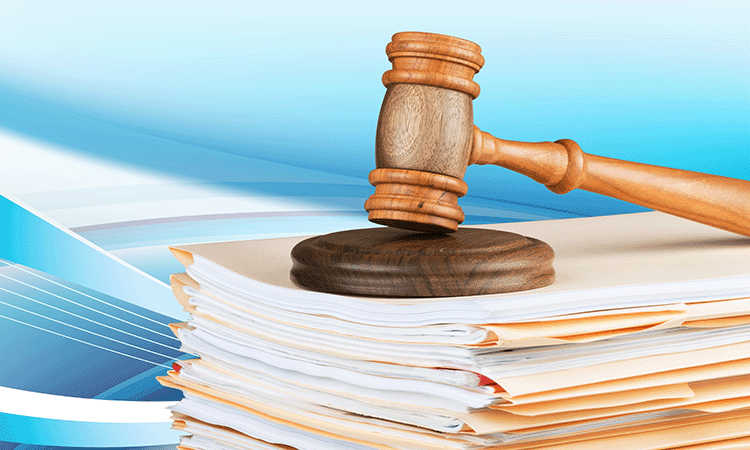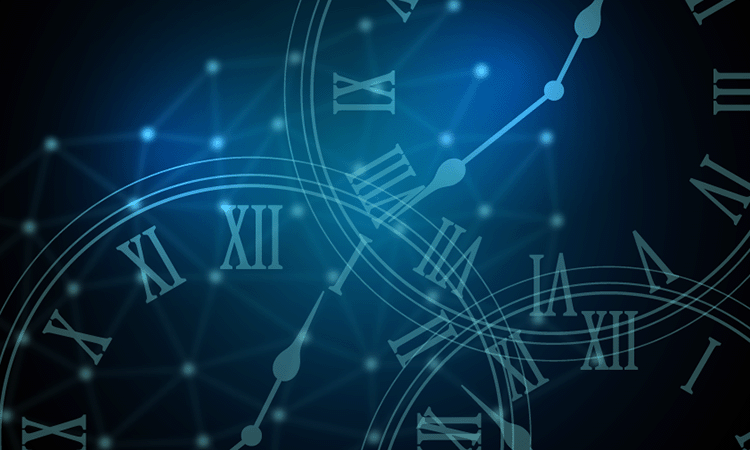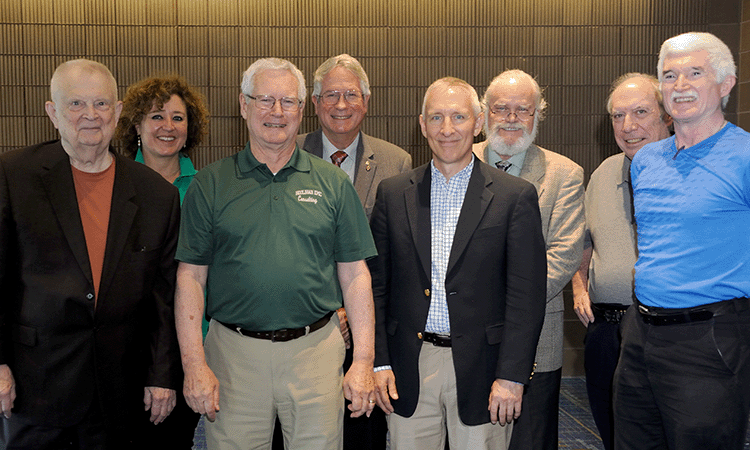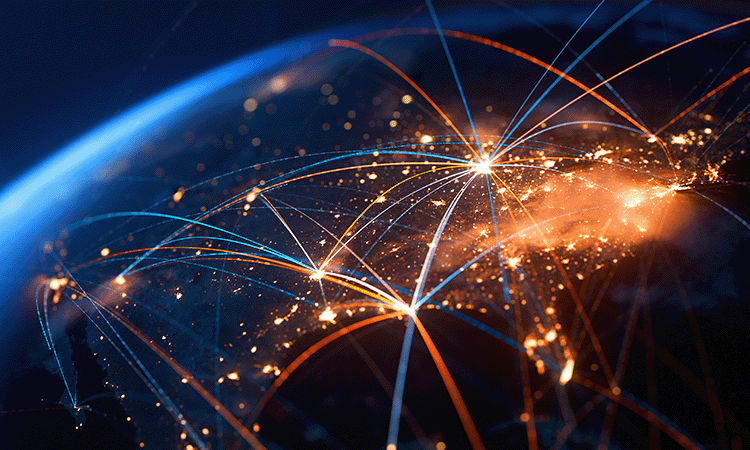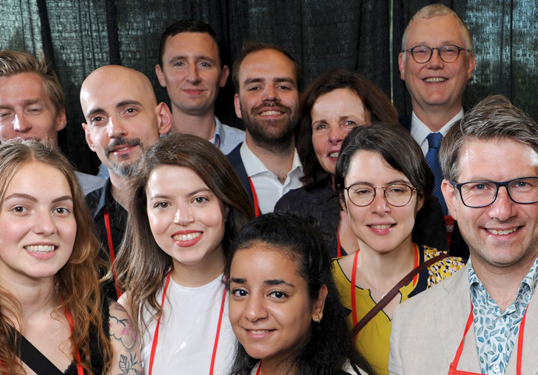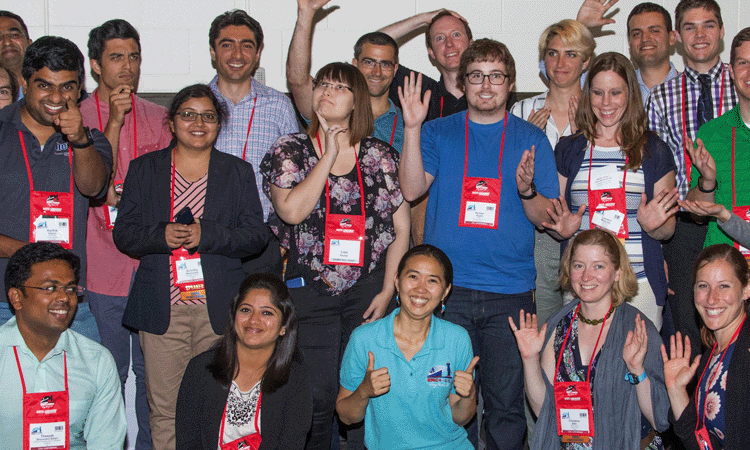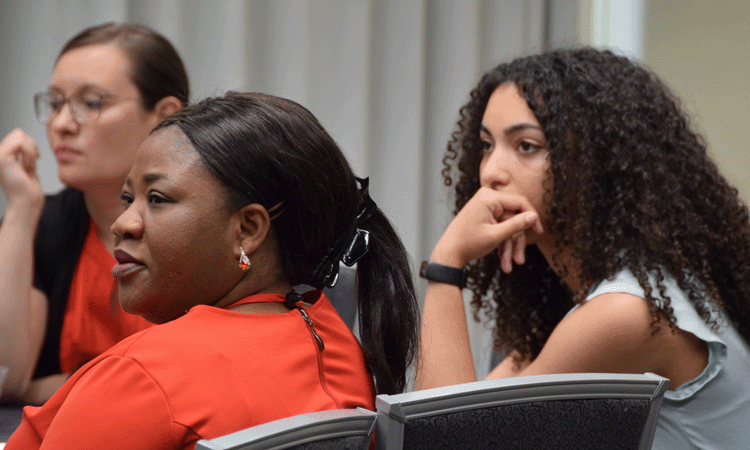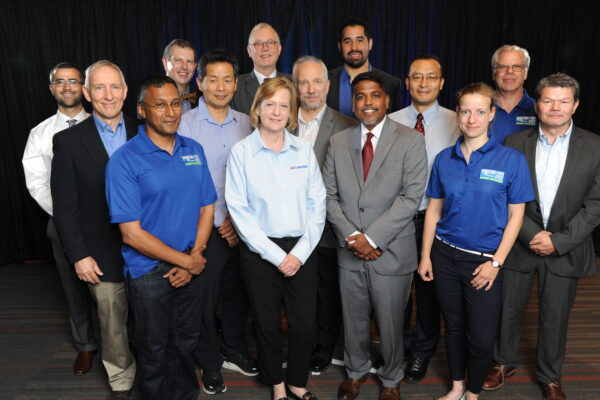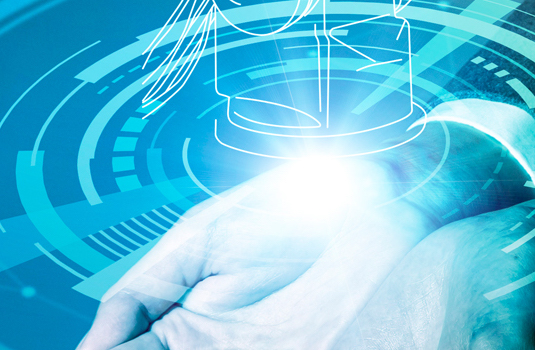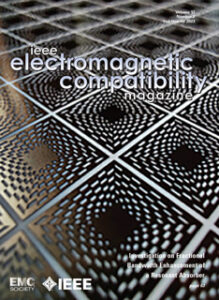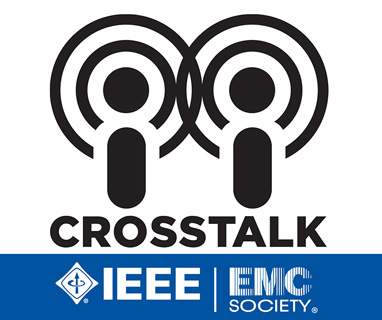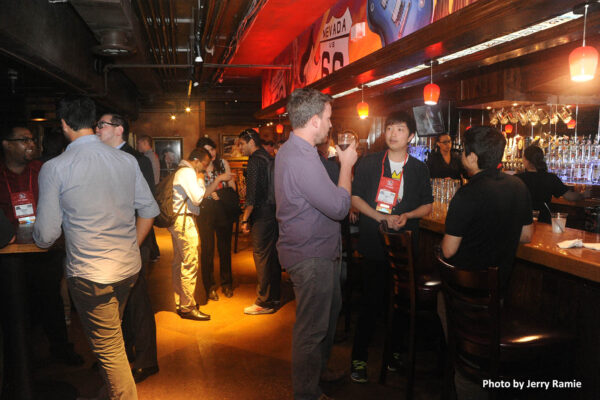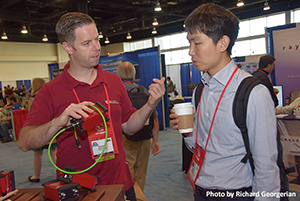
Distinguished Lecturer
Dr. Mathias Magdowski
Distinguished Lecturer
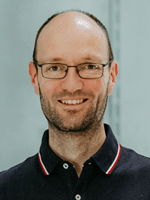
Dr. Mathias Magdowski
Term 2023-2024
Talk 1: Well Stirred is Half Measured – EMC Tests in Reverberation Chambers
This talk explains basic properties of reverberation chambers and presents some exemplary practical chambers with their parameters. The normative chamber validation as well as emission measurements and immunity tests are briefly explained. Finally, advantages and disadvantages in comparison with other EMC test environments are discussed.
Talk 2: Why the Wire is on Fire – Electromagnetic Field Coupling to Transmission Lines
Cables and transmission lines attached to devices and complex systems may act as parasitic receiving antennas and can guide unwanted radiated electromagnetic disturbances into connected sensitive electronics like sensors or measurement units. In this talk, the basic field-to-wire coupling phenomena will be described. Analytical and numerical calculations will be explained and compared with experimental results.
Talk 3: Robust, Precise, Fast – Chose Two for Radiated EMC Measurements!
Efficient and accurate measurement of the radiated emission at high frequencies can be a challenge, especially for electrically large unintentional radiators and devices under test. This talk will explain the procedure as well as the corresponding advantages and disadvantages for different EMC test environments such as anechoic rooms, wave guides, and reverberation chambers.

